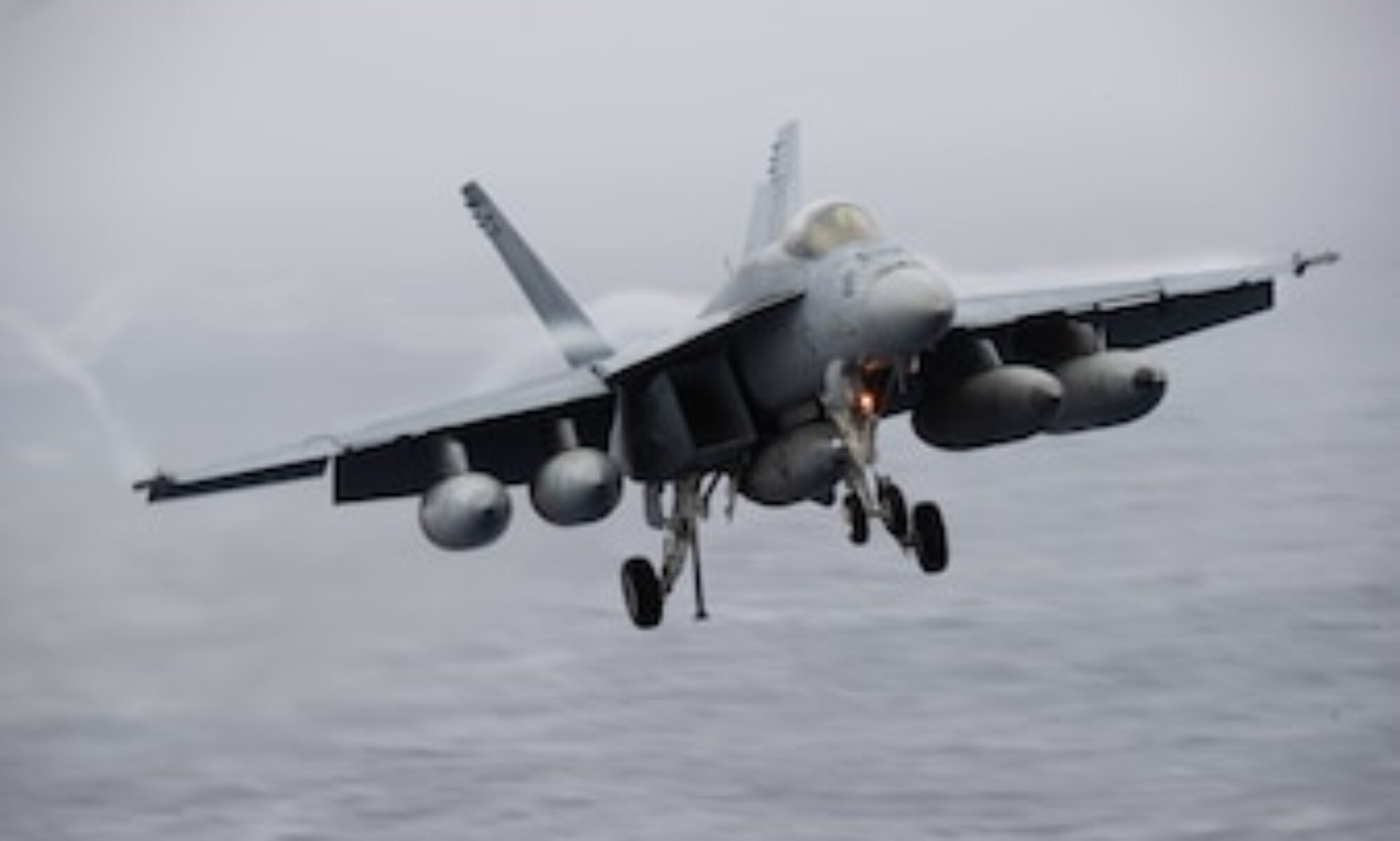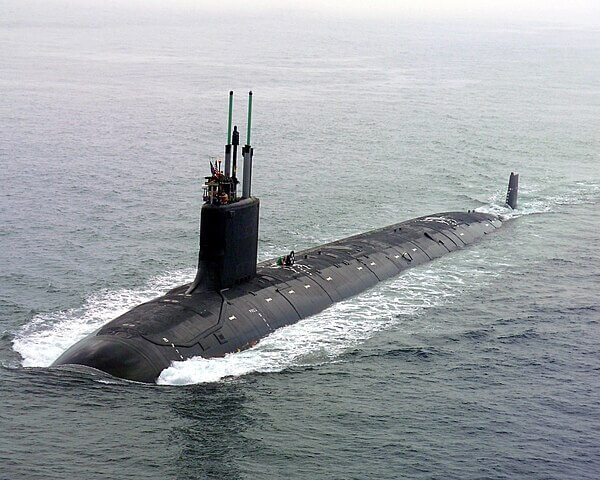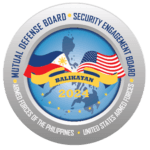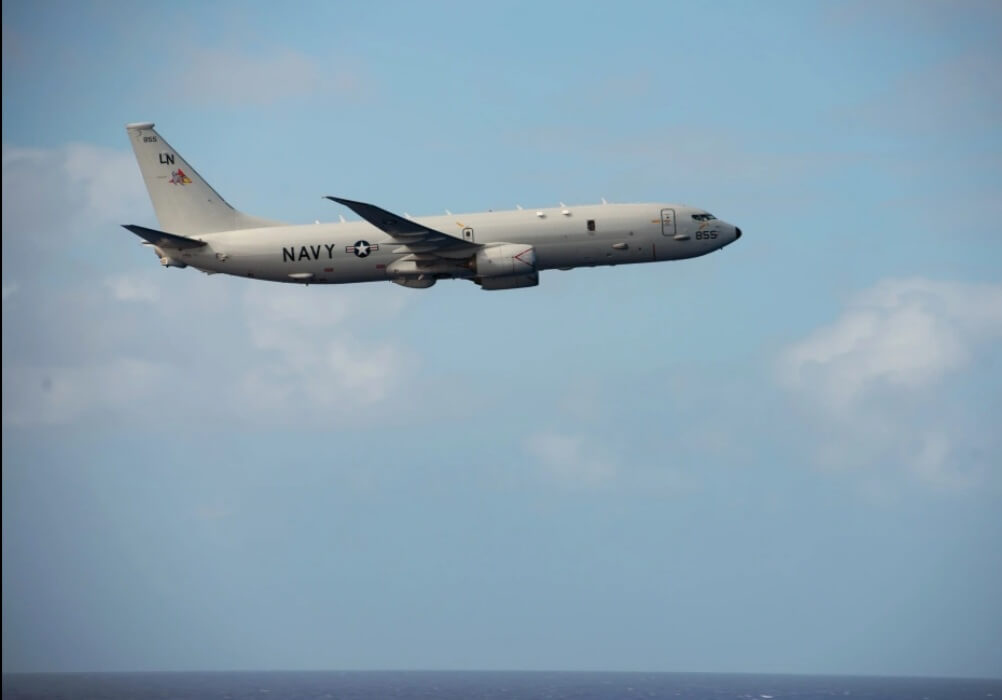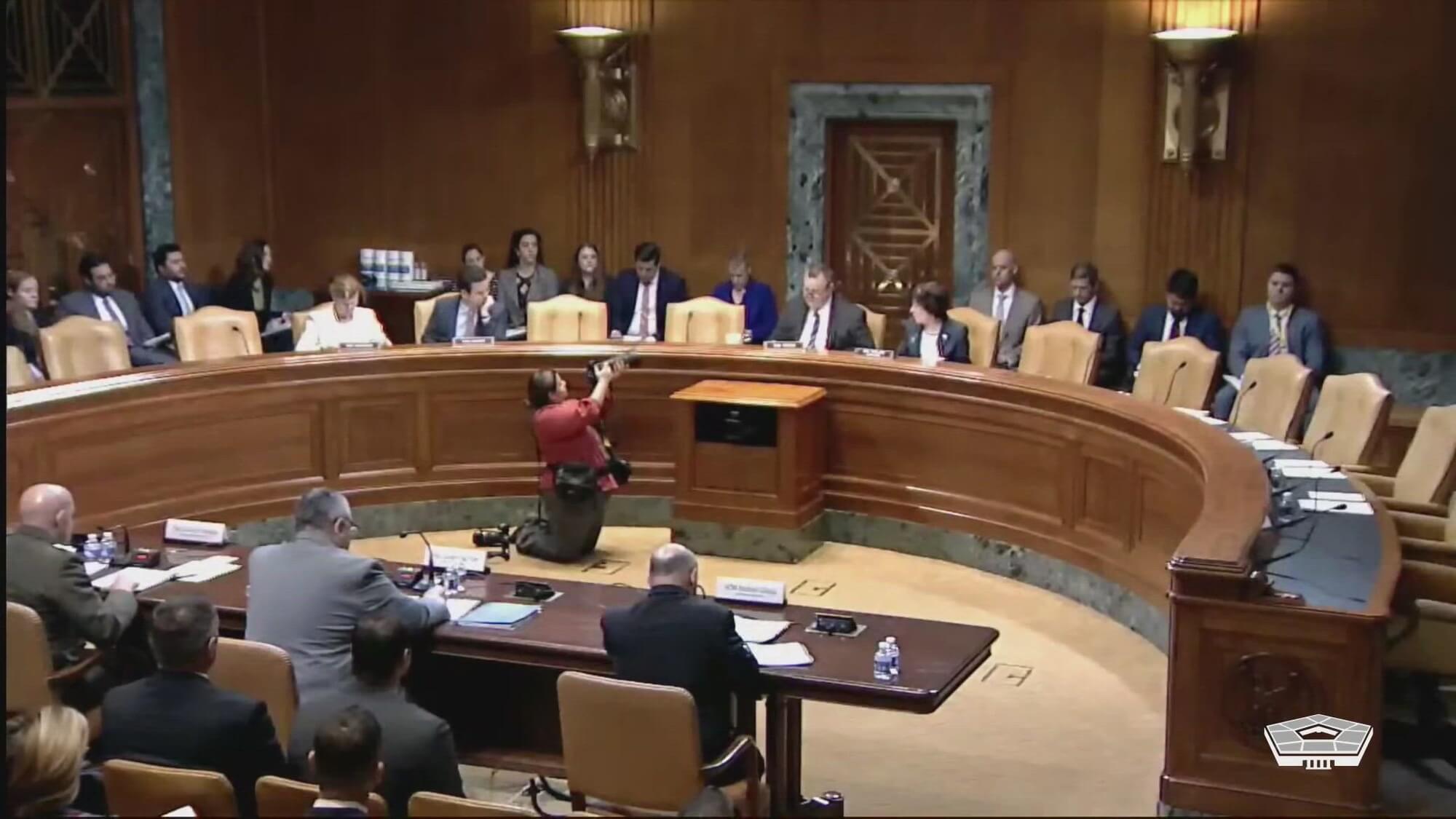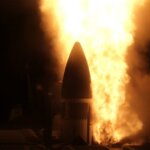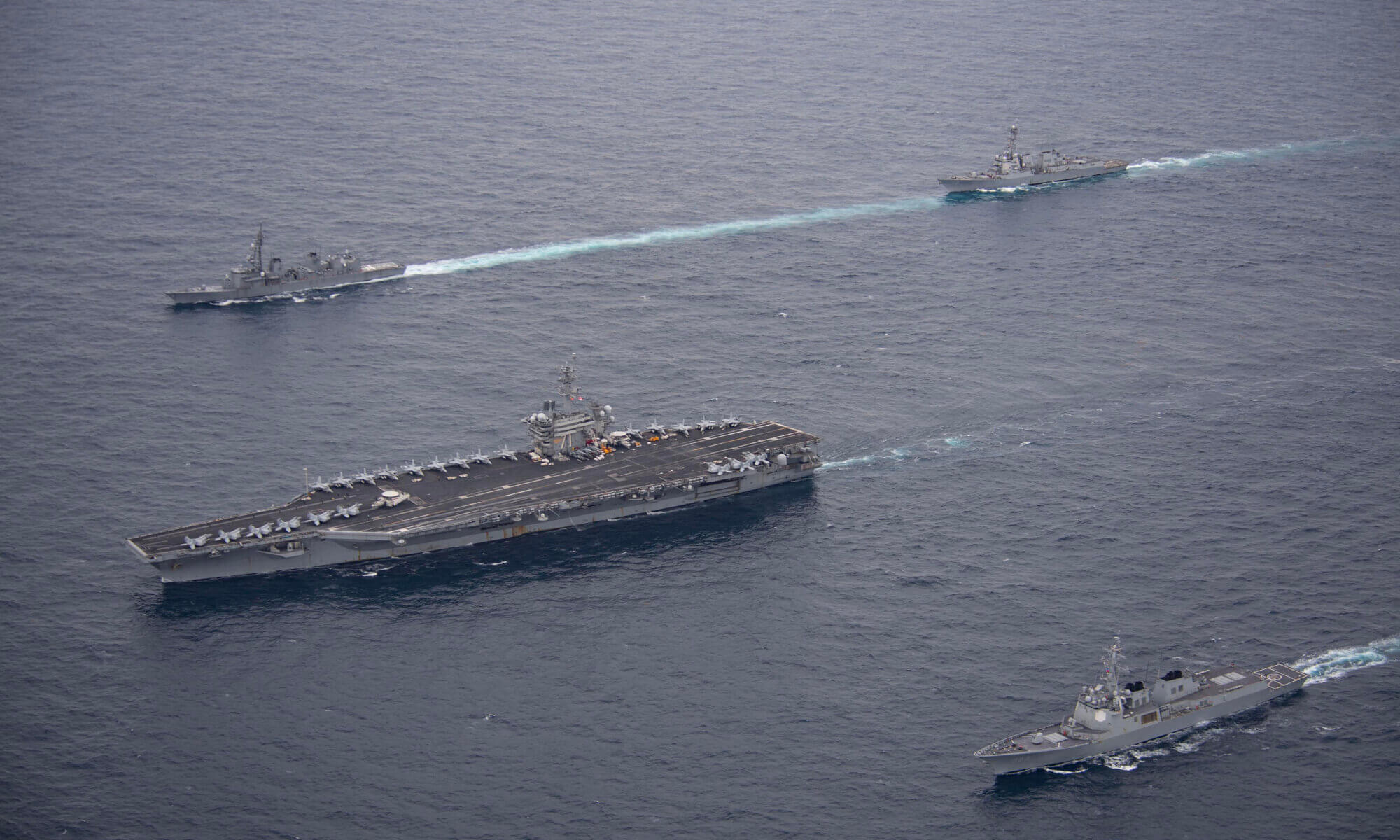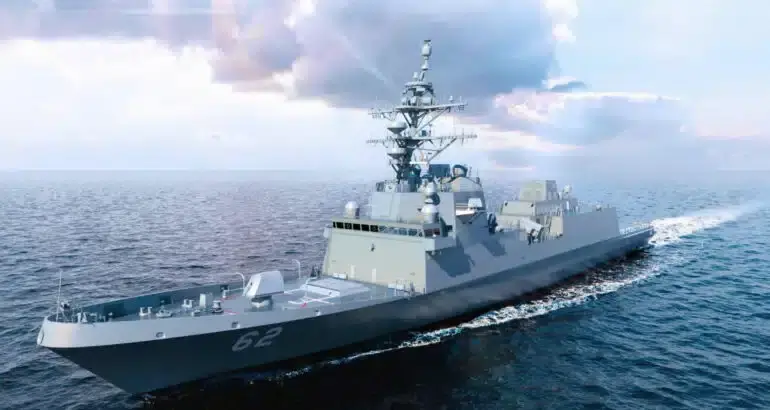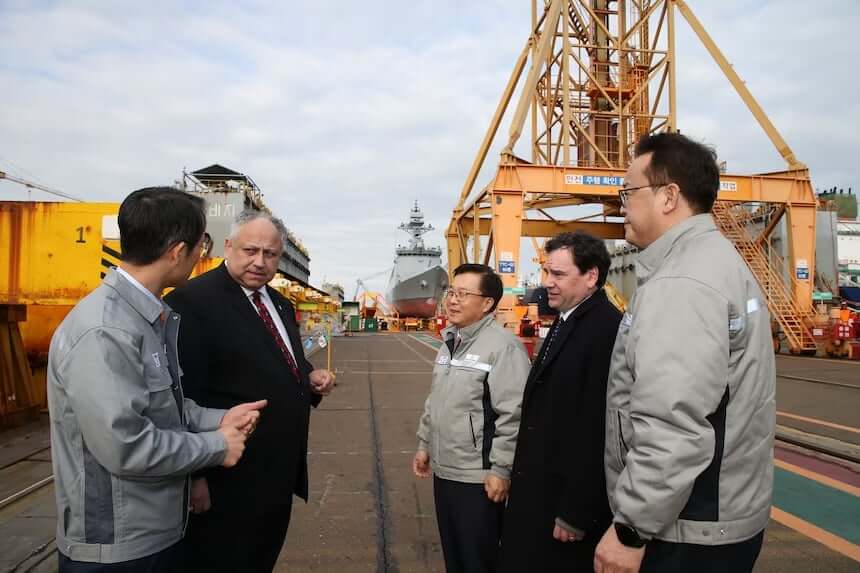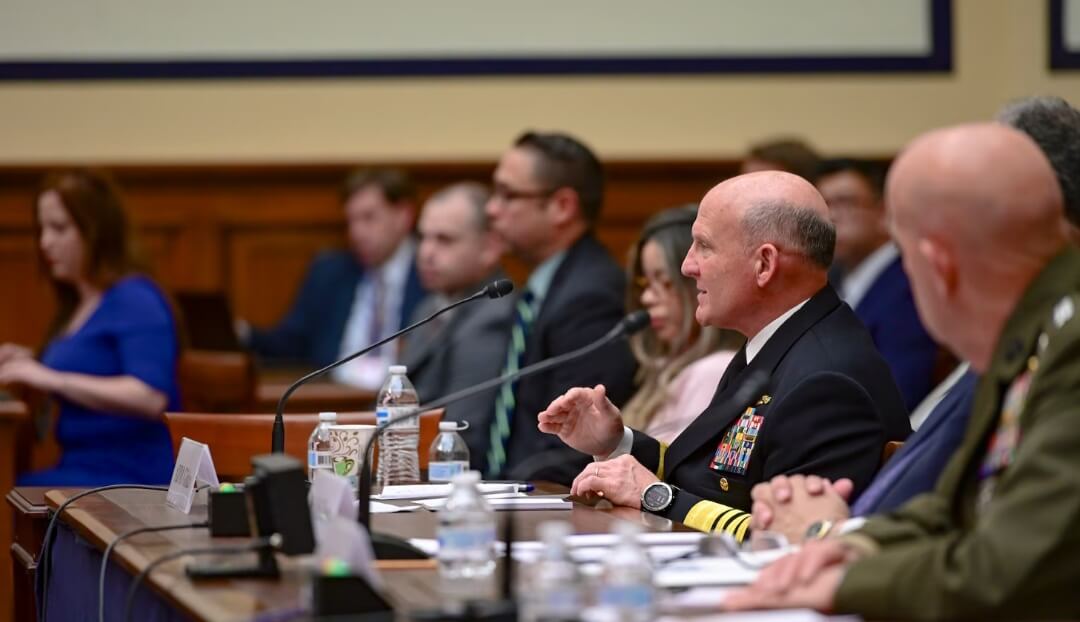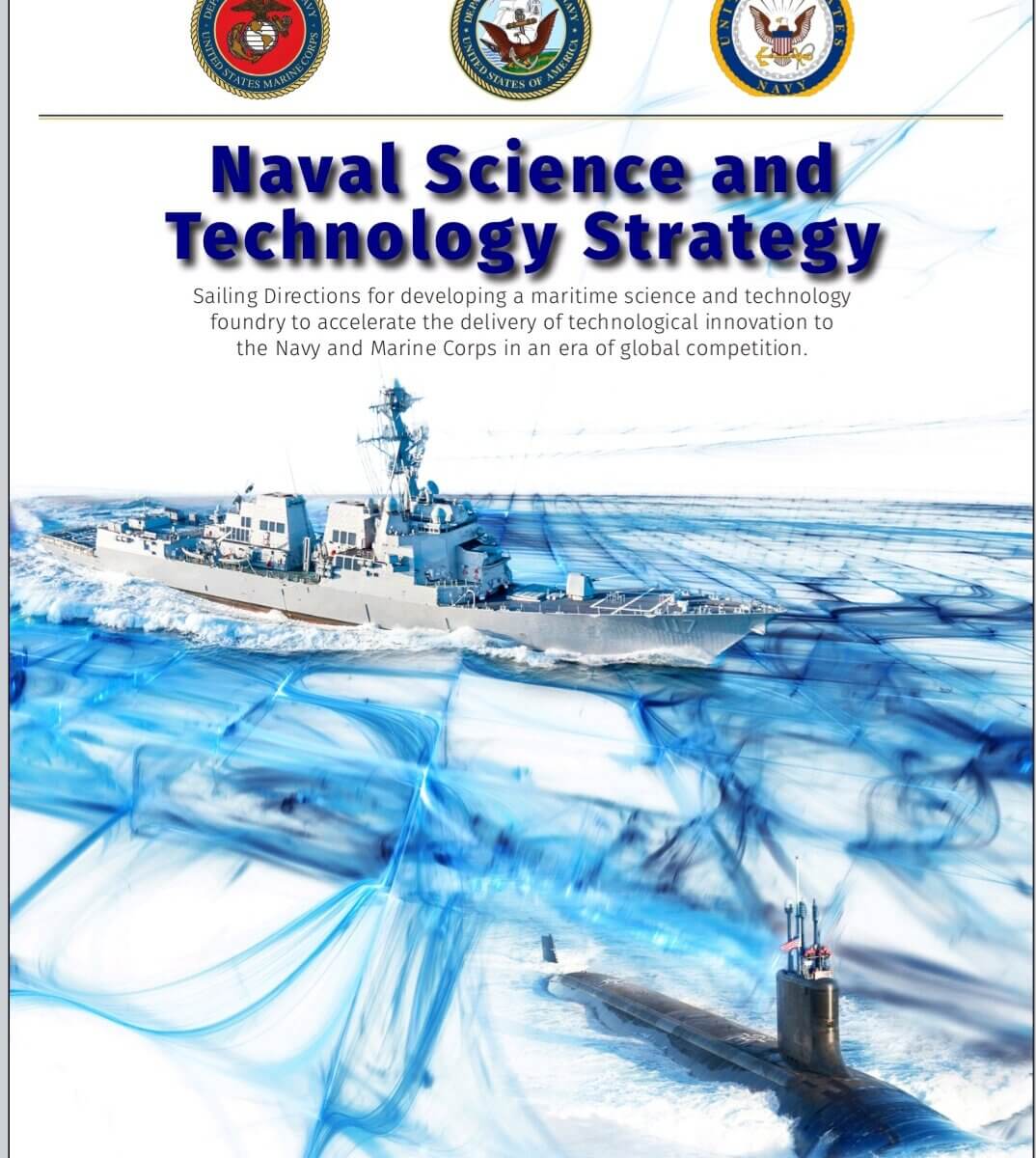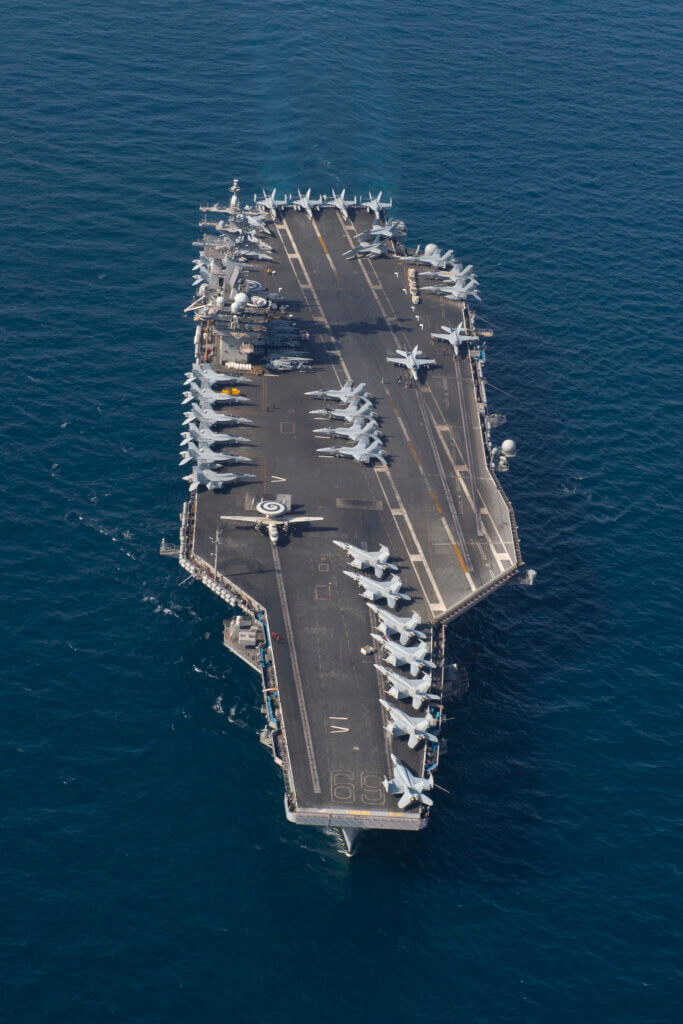 The aircraft carrier USS Dwight D. Eisenhower (CVN 69)
The aircraft carrier USS Dwight D. Eisenhower (CVN 69)

As the USS Dwight D. Eisenhower (CVN 69) Carrier Strike Group (IKECSG) sailed into the Eastern Mediterranean on April 26, it not only marked another chapter in the illustrious history of one of America’s formidable Nimitz-class aircraft carriers but also underscored the strategic importance of the U.S. Navy’s presence in this crucial region. This entry comes after a significant tenure in the U.S. 5th Fleet area of operations, showcasing versatile naval power and robust maritime capabilities.
The Historical Significance of the Eisenhower
Named after the 34th President of the United States, Dwight D. Eisenhower, the carrier was commissioned on October 18, 1977. Throughout its service, the USS Dwight D. Eisenhower has been a cornerstone of American naval might, capable of projecting power and supporting peacekeeping operations across the globe. Its presence in the Mediterranean is not just a routine operation; it is a demonstration of enduring commitment to stability and security in the region.
Importance of the Mediterranean Theater
The Mediterranean Sea has been a strategic crossroads for centuries, serving as a critical passage for trade and military endeavors. Today, it remains a vital area for U.S. and allied operations, serving as a bridge between continents and cultures. The arrival of the IKECSG highlights ongoing efforts to foster security, support NATO allies, and deter regional threats. The carrier’s capabilities, coupled with those of accompanying ships like the USS Gravely (DDG 107) and USS Mason (DDG 87), enhance the U.S. 6th Fleet’s ability to maintain a vigilant and responsive presence.
Recent Operations and Impact
Prior to its current deployment, the IKECSG was active in the Red Sea, Bab Al-Mandeb Strait, Gulf of Aden, and Arabian Gulf, participating in Operation Prosperity Guardian and conducting defensive strikes against Iranian-backed Houthi targets in Yemen. These operations demonstrate the group’s flexible and immediate response capabilities, which are crucial in maintaining regional stability and protecting international waters.
Forward Operating in the 6th Fleet
Under the command of Rear Admiral Marc Miguez, the IKECSG’s transition to the 6th Fleet’s area of operations is a strategic move that enhances the U.S.’s ability to project power and engage with allies and partners. Based out of Naples, Italy, the U.S. Naval Forces Europe-Africa (NAVEUR-NAVAF) has been pivotal in shaping naval diplomacy and enhancing cooperative strategies that benefit all parties involved in maintaining the peace and prosperity of the Mediterranean region.
As the USS Dwight D. Eisenhower and its accompanying assets adapt to new challenges and opportunities in the Eastern Mediterranean, their arrival is a testament to the Navy’s global reach and its pivotal role in promoting peace, stability, and cooperation among nations. The ongoing commitment of the U.S. Navy in such strategic waters continues to be a cornerstone of American defense policy and international relations, reminding us of the enduring value and capabilities of carrier strike groups in the modern geopolitical landscape.
